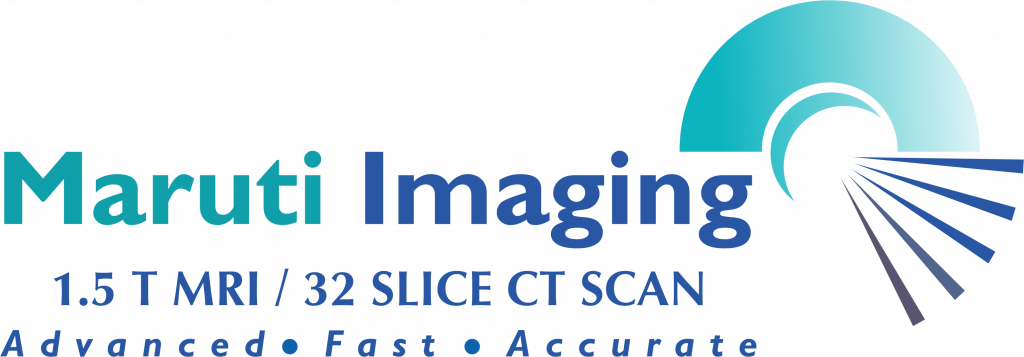A computed tomography scan is also known as a CT or CAT scan is an imaging method that allows doctors to create detailed images of the inside of your body. It is a combination of series of X-ray images captured from various angles and computer-processed to create cross-sectional images which are also known as slices of the blood vessels, soft tissues, and the bones inside your body. CT scan provides a more detailed and informative picture as compared to normal X-rays.
CT scan takes on average 30 minutes if no dye contrast dye is needed. Duration for a CT scan depends on the area of the body to be scanned. It also depends on the purpose of the scan and what your radiologist/doctor is looking for.
It is used for many purposes but mainly it is well suited to examine internal injuries quickly when a person has been injured from brutal car accidents or other types of trauma. CT scan can be used to visualize/diagnose nearly every part of the human body and is used to find out disease and pan radiation, surgical or medical treatments.
How does it work?
It uses an X-ray beam to circle around you or a part of your body to get multiple images from different angles. A computer utilizes this information and creates a cross-sectional image. The computer stacks these scans on top of the other slices to create a detailed picture of the affected area.
Your doctor may ask you to get a CT scan to:
- Monitor and detect disease and severe conditions such as cancer, heart disease, liver masses, and lung nodules.
- Monitor and keep track of the effectiveness of ongoing treatments.
- Detect internal bleeding or internal injuries.
- To guide procedures like biopsy, surgery, and radiation therapy.
- To identify the exact location of a blood clot, infection, or tumor.
- Diagnose muscle and bone disorders.
What to expect during the procedure?
CT scan machines are shaped like a tunnel. You lie down on a narrow table that slides through the opening into a tunnel. Some of them have straps and pillows to help you stay in the position. For a head scan, the table may have a special basket-like cradle that holds your head still.
During the procedure, the table moves you into the scanner. The X-ray tube, scanners, and detectors rotate around you. Each rotation takes an image of several thin slices of your body and during this process, you may hear buzzing sound from whirling and feel the vibrations of the scanners and detectors around you.
While you are being scanned a technologist in a separate room can see and hear you. You can communicate with him via intercom. He may ask you or provide you with some instructions to make the scan more easy and efficient. You can ask for help or talk to him if you feel any discomfort.
After the procedure:
After the scan, you can go around following your normal routine. You may receive instructions if you were given contrast material and you may even be asked to wait for a while after the scan to ensure that you feel alright.
After the scan, you will likely be informed to drink plenty of fluids to help your kidneys to remove the contrast material from your system.
CT scan images are stored as digital images and are usually viewed or analyzed on a computer screen. A radiologist will analyze your scan and send a report to your doctor.

